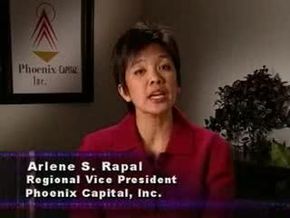Once you establish a money market account, your bank will send you a register. This small book will enable you to keep track of your account’s balance. Your bank will also send you an account statement, either by mail or e-mail, every month. The method of delivery depends on your personal preference and it’s up to you to let your bank know whether snail mail or e-mail works best. The statement your banking institution sends will list all fees charged against your account, as well as the amount of interest that was earned. Your account statement will also display all transactions that occurred during the previous month.
Once you’ve received your bank statement, it’s a good idea to compare it to your register. By doing so, you’ll ensure that all transactions that took place were actually recorded in your register. Although it may take you a few minutes to do so, it’s recommended that you check every single deposit and/or withdrawal in your register to see that it matches up with the account statement that your bank sent. Such a process is known as reconciling. If there’s some sort of discrepancy between the bank statement and your register, you’ll have to figure out where the mistake was made. While there’s always the possibility that the bank was in error, this usually doesn’t turn out to be the case – the mistake is usually yours.
Advertisement
Even before you open up a money market account, you’ll want to spend some time researching a few different banking institutions. The reason for this is that there are fees associated with such an account, including minimum balance requirements and standard service fees. For example, a bank may charge your account if you exceed the maximum number of withdrawals that are permitted each month. You want to compare the fees that each bank charges before signing on with a particular bank.



